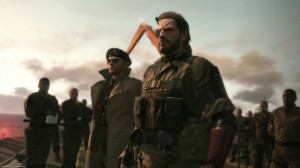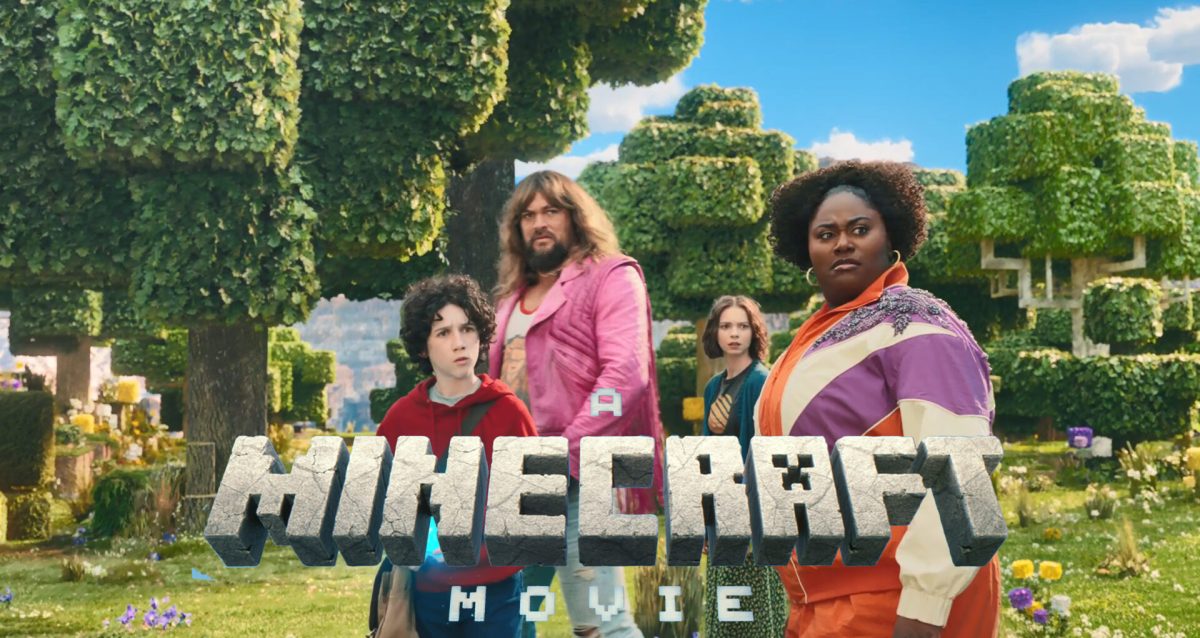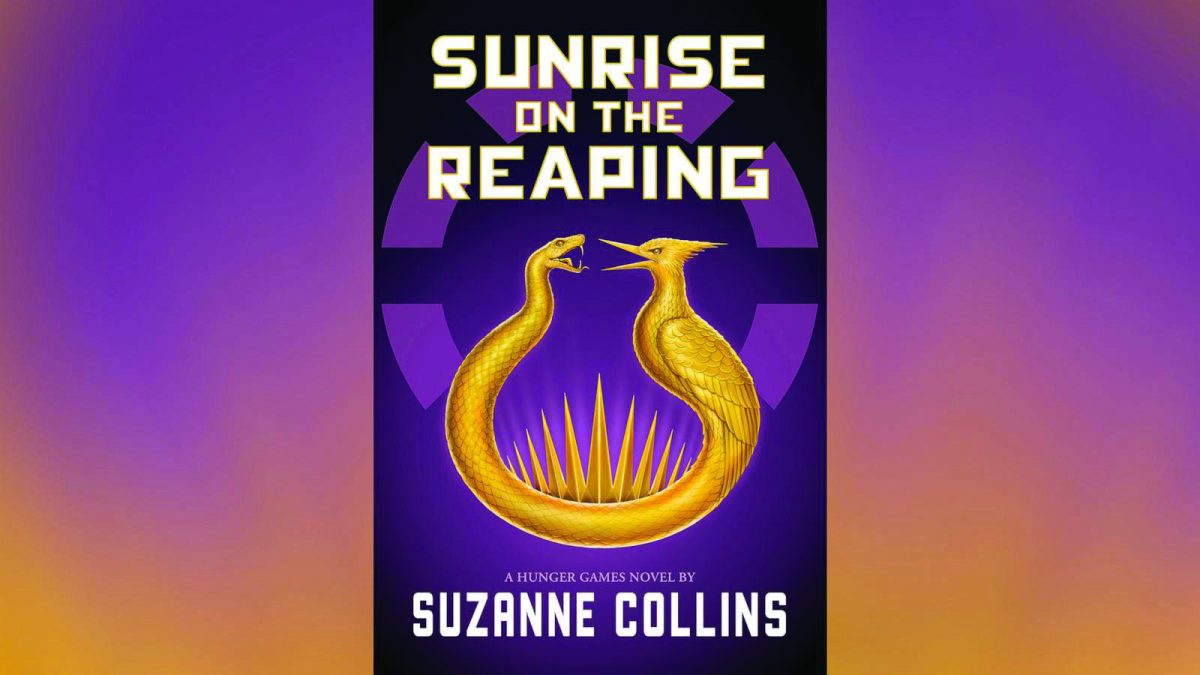Ninety-three hours.
That is how much time I spent in the world of Metal Gear Solid V: The Phantom Pain. The realm of an undergraduate student in his senior year usually doesn’t adhere to spare time thanks to the amount of tests, projects, and other activities associated with the school career.

I looked at the fall gaming season and wondered how I would fit the time to get the full experience out of these huge titles. Metal Gear Solid V made me realize one thing: I will make the time. Unlike chores and homework, Metal Gear Solid V was the one thing I wanted to go back to every time I could. So, what makes this video game so special that it keeps me up until 4 a.m. on the weekends?
Metal Gear Solid V is Hideo Kojima’s last ride with the franchise. As the creator of the Metal Gear Solid series with a talented development team, Kojima always wanted to expand and evolve each game from its last iteration. As his last Metal Gear Solid game, he decided to take the classic tactical espionage gameplay into an open-world game setting. I wondered for the longest time how a stealth game would make sense with open-world mechanics, but Kojima has proven once again that he is a master of his art. MGSV is one of the best stealth games ever made.
After the events of Metal Gear Solid: Ground Zeroes and the destruction of Militaires Sans Frontieres, Big Boss falls into a coma. Nine years later, Big Boss awakens with one mission in mind: rebuild Mother Base and seek revenge on the men responsible for destroying MSF. Along the way, Big Boss will reunite with old comrades, face new enemies, and make tough choices as commander of his new mercenary group, The Diamond Dogs.
From the beginning of Metal Gear Solid V, you don’t start out with a lot to improve on in Mother Base, but that’s a testament to the superb pacing in the game. As you go from mission to mission, whether it’s story related or not, you gradually unlock more things to do and build on. I never felt overwhelmed with how much there is to do in the game, and that’s because it wasn’t thrown at me all at once. Missions will include what you would expect from a stealth game: extract this person/item, infiltrate a base, execute/recruit this person, and a few others are present multiple times in this game.
It may seem tedious, but that’s where the open-world mechanics come into play. If you want to infiltrate a base with guns blazing or maybe wait until the cover of night and sneak into the base, you can. The best part is being able to play any mission however you want with the enemies responding to your play style. If you are a headshot master, enemy troops will start wearing helmets. If you have a knack for doing missions at night, enemies will start to wear night vision goggles. Regardless, a lot of the side missions are the same and end up using the same location multiple times making a handful of those missions routine. I rolled my eyes at the times I had to go back to another map I didn’t like as much and do the same thing.
New to the Metal Gear Solid series is the buddy system where Big Boss is able to recruit and bring along a member into missions. There are only a handful of buddies, but they stand out as the most varied and fun to use in any video game. One of your buddies is able to scope out an entire base and reveal enemy locations, while another can cause distractions to shift an enemy’s focus. Your companions are not one-trick ponies though since it is optional to upgrade their abilities and equipment as well, making for some awesome infiltration tactics.
You can catch a ride on a helicopter, travel on your trusty steed D-Horse, or drive to the nearest enemy outpost or mission. The game is completely player driven and does an amazing job of scratching that “just one more mission” itch.
When you’re not putting foot soldiers in headlocks and shooting tranquilizer bullets at them, you’ll be expanding Mother Base, the headquarters for the growing Diamond Dogs mercenary group Big Boss has created. You are able to recruit soldiers by extracting enemies from missions via Fulton Device. The Fulton Device is a fun item that Big Boss straps onto the unconscious soldier similar to vest, then the Fulton Device shoots out a large balloon, and flies the enemy solider to your base. Silly? Of course. Fun? Every. Single. Time.
Improving the base requires GMP, the game’s currency, which is obtained by completing missions. Once you have a sufficient amount of GMP, you can choose to invest those funds into a specific group that specializes in better tactical and lethal equipment for Big Boss to use in the field, a medical facility to keep your staff healthy, expand Mother Base itself to fit a larger staff, and more. It’s this part of the game that gets you sucked in since you want to keep building Mother Base to its full potential or level up a certain sector to obtain a special weapon or a new sneaking suit.
Metal Gear Solid V not only plays well, but looks just as great. Kojima’s team really outdid themselves with visual and audio presentations. Characters look life-like thanks to motion capture technology, and the two huge maps look like real habitats. The complaint I would have about the open-world of MGSV is that it felt lifeless at times. I had the option to drive or ride D-Horse to mission locations, but the venture would be boring since the areas were empty and not all that interesting.
What I loved most about MGSV was the amount of depth and love put into every detail of the game. Sure it’s a beautiful game, but gameplay is king, and MGSV rules the iron throne. The story, however, does feel incomplete, almost like an end chapter was cut from the game. This reason could be because of the disputes between the series’ creator Kojima and Metal Gear Solid V’s publisher Konami before release. Unfortunately, Konami’s intrusions show and hinder the game because of it. Even if the story falls short and side content can get tedious, Metal Gear Solid V: The Phantom Pain is a masterpiece in its genre and gameplay. This one should definitely be on your Video Game Christmas List if it isn’t already.








